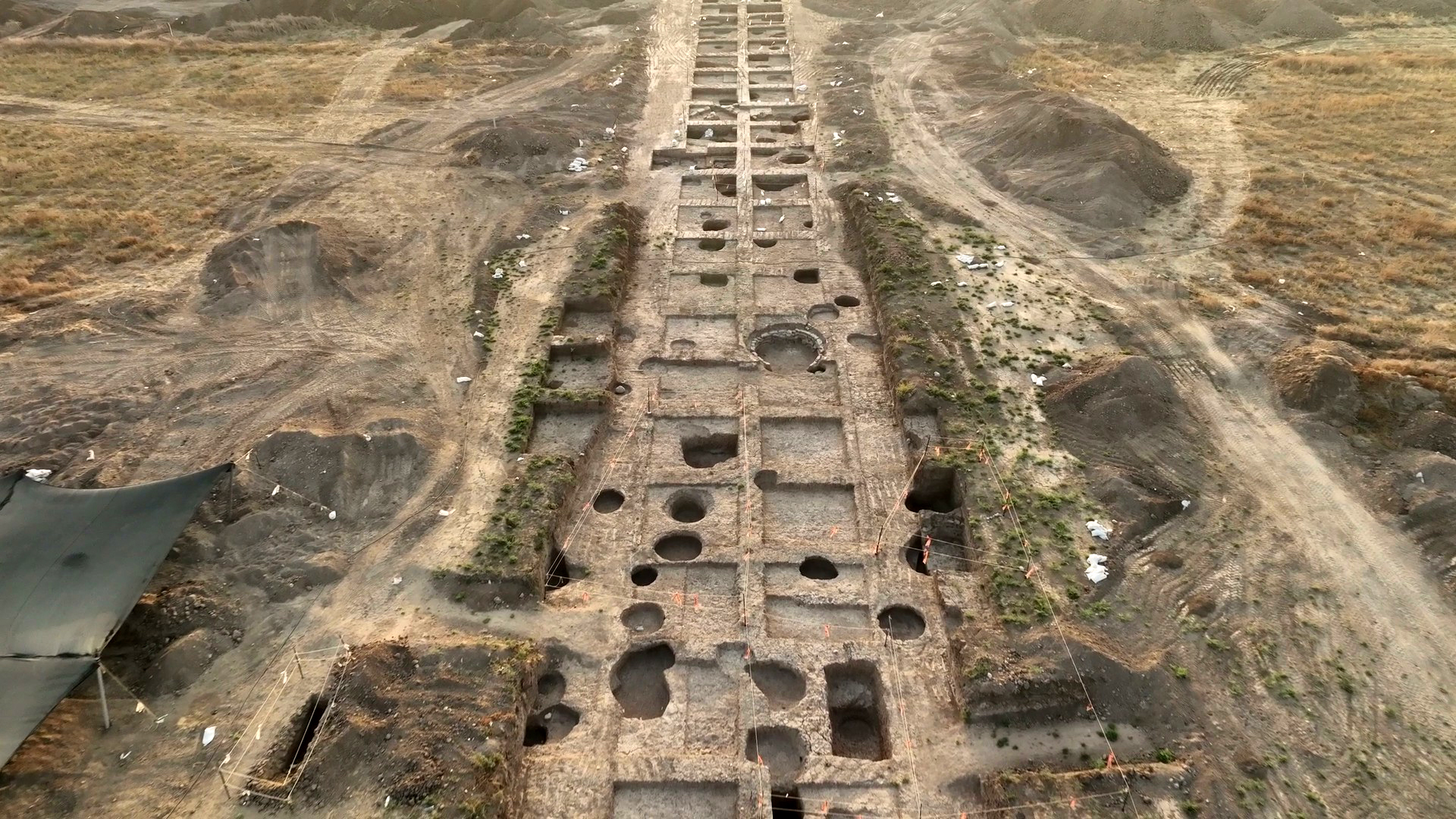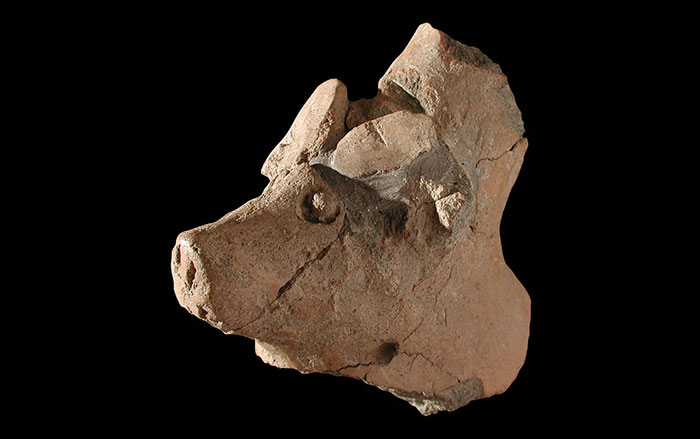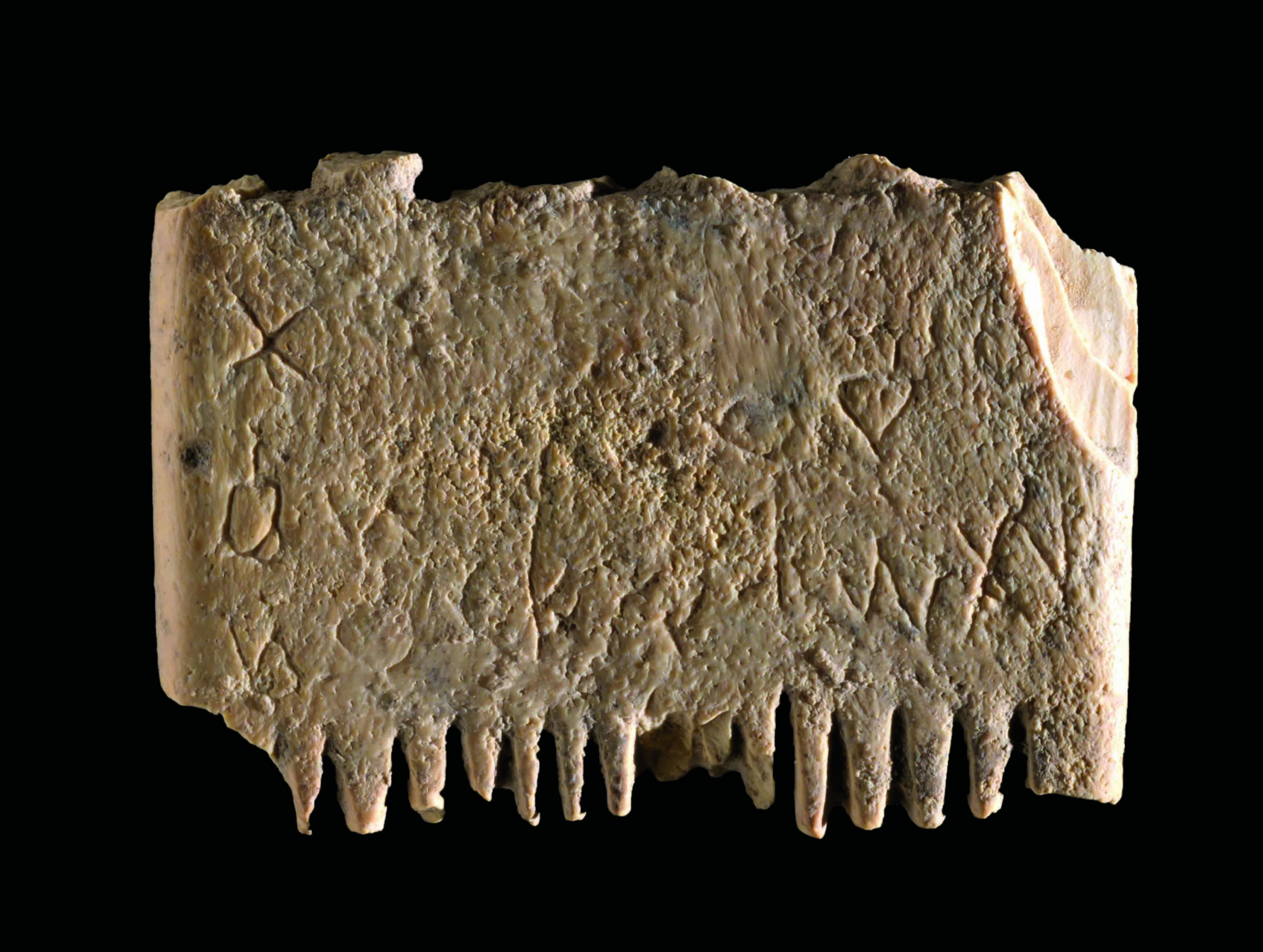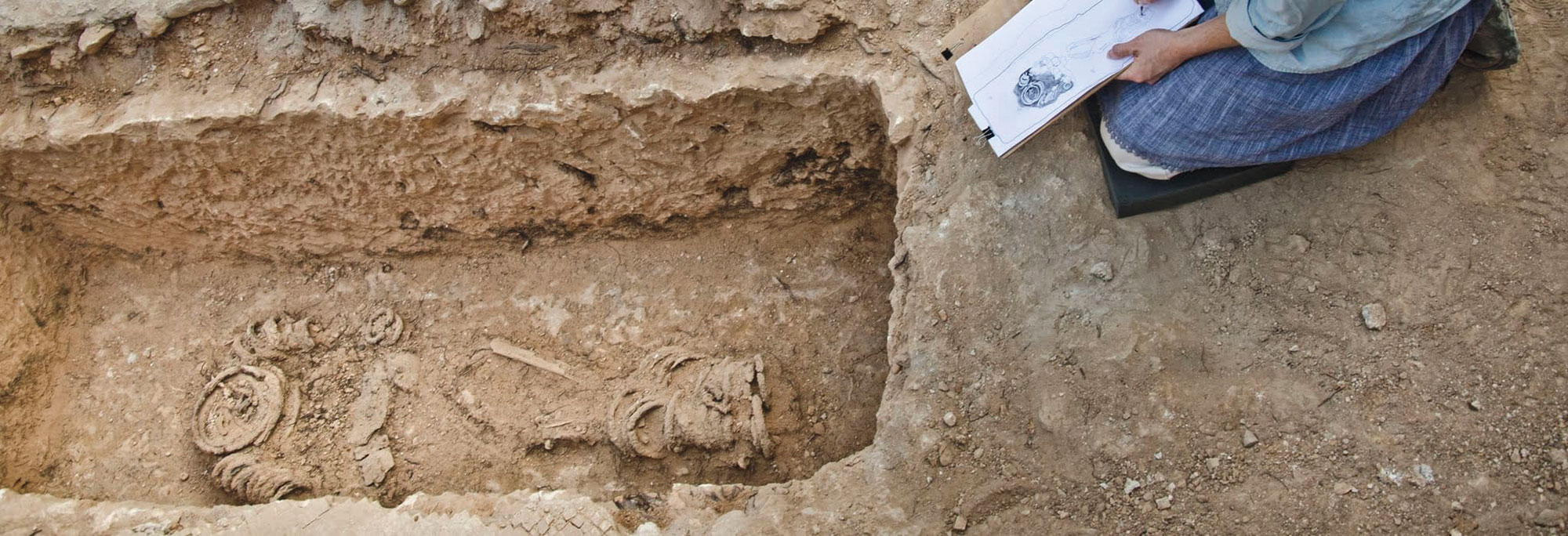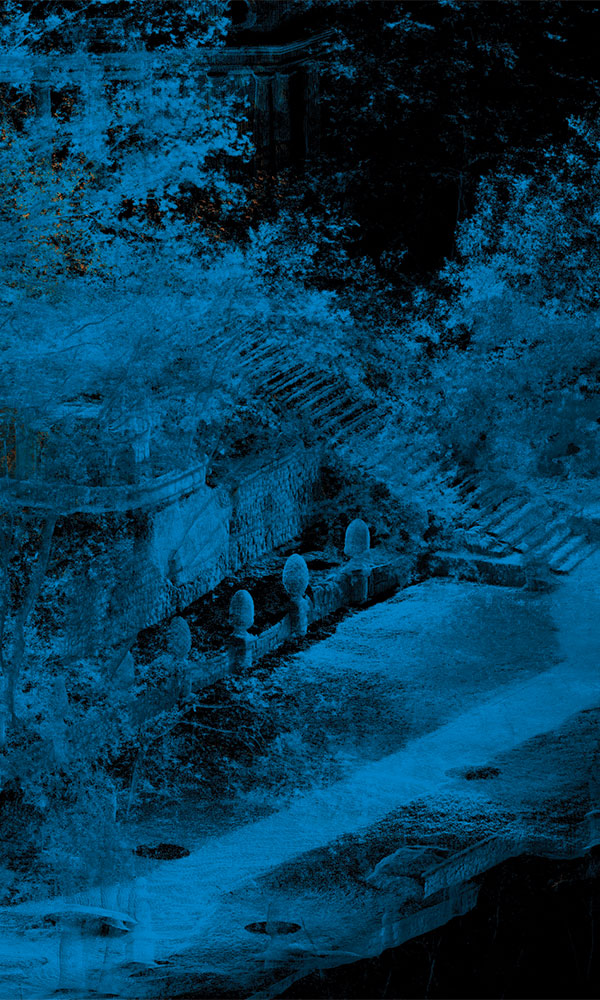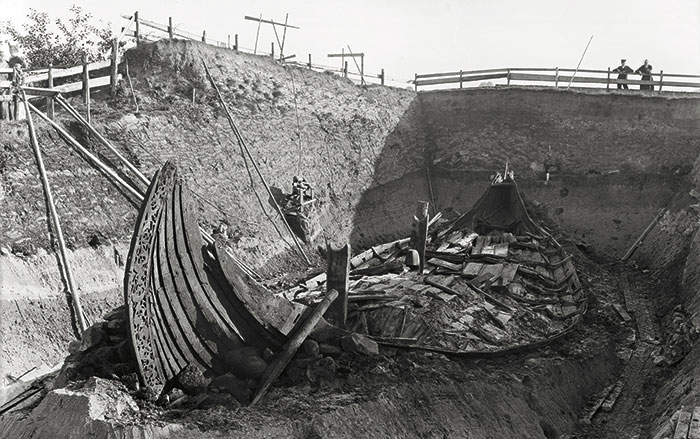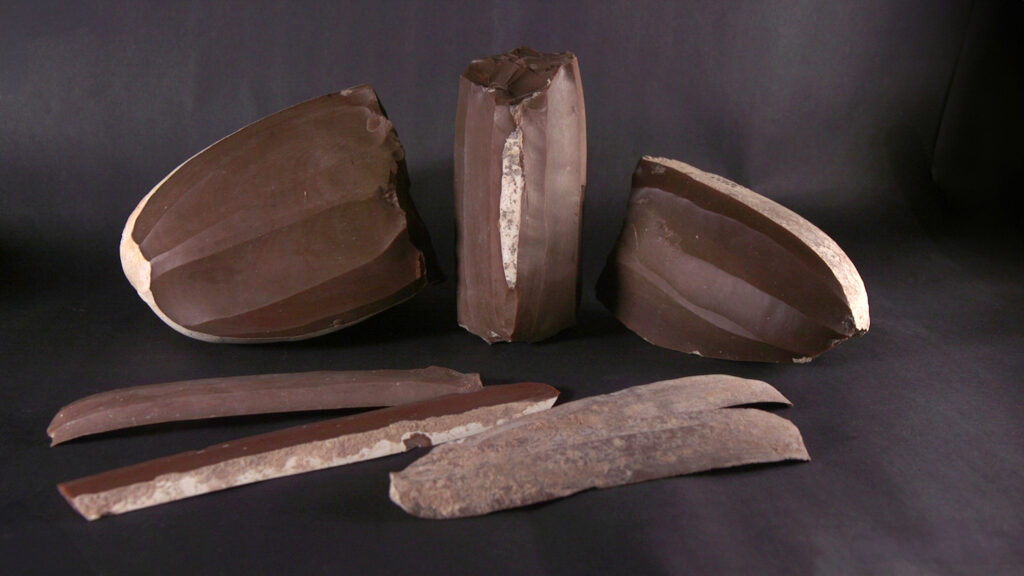
KIRYAT GAT, ISRAEL—According to a statement released by the Israel Antiquities Authority (IAA), archaeologists unearthed a prehistoric flint blade production workshop during a salvage excavation in advance of new neighborhood construction near the modern city of Kiryat Gat. This site, which dates to 5,500 years ago, is the first example of such a workshop identified in southern Israel. IAA archaeologists uncovered long, very sharp flint blades, which were used for butchering animals and harvesting crops. In addition, the researchers found the flint cores from which the uniformly shaped blades were produced, as well as a tool resembling a crane that craftspeople used to regulate the amount of pressure exerted on the cores. “This is a sophisticated industry – not only because of the tools themselves, but also because of what is not found," IAA prehistorian Jacob Vardi said. “The waste fragments, the debitage, were not scattered outside the site – perhaps to better protect and preserve the professional knowledge within the group of experts. Today, we understand that this site served as a center, from which Canaanite blades were distributed across broad regions in the Levant.” The team has determined that hundreds of pits excavated at the site were used as houses and for storage, craft production, and rituals. To read about a Roman and Byzantine settlement uncovered just outside Kiryat Gat, go to "Byzantine Boomtown."


